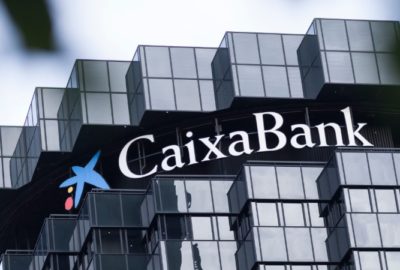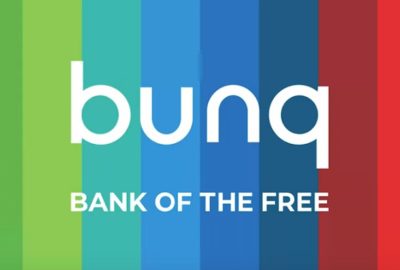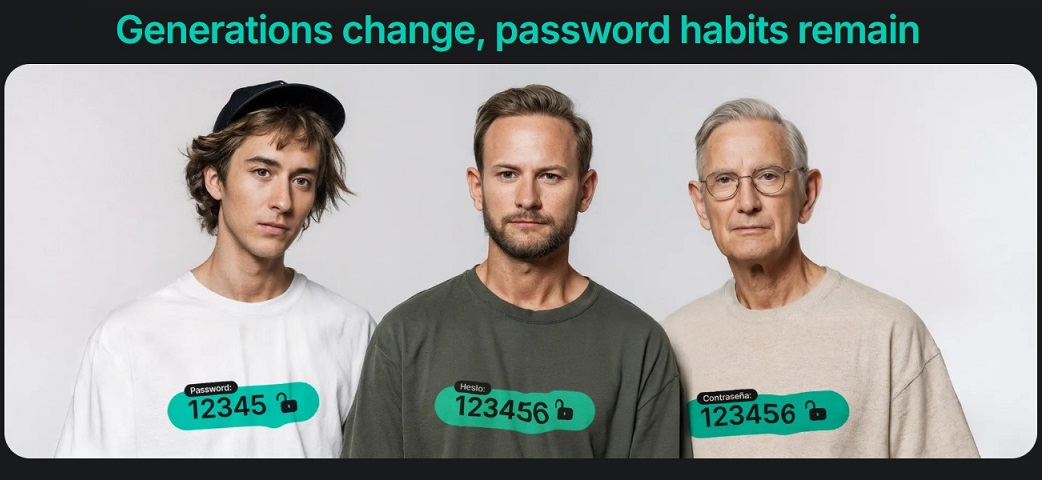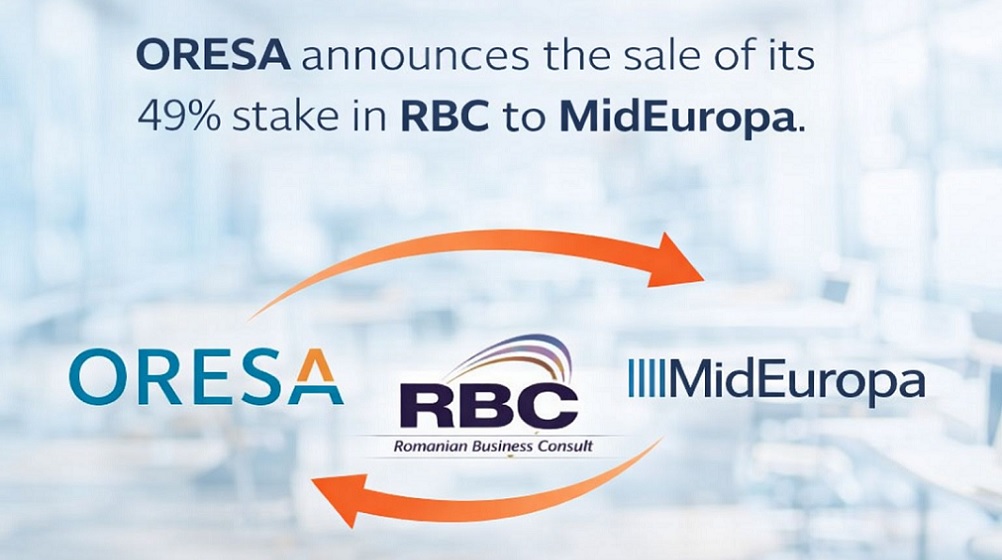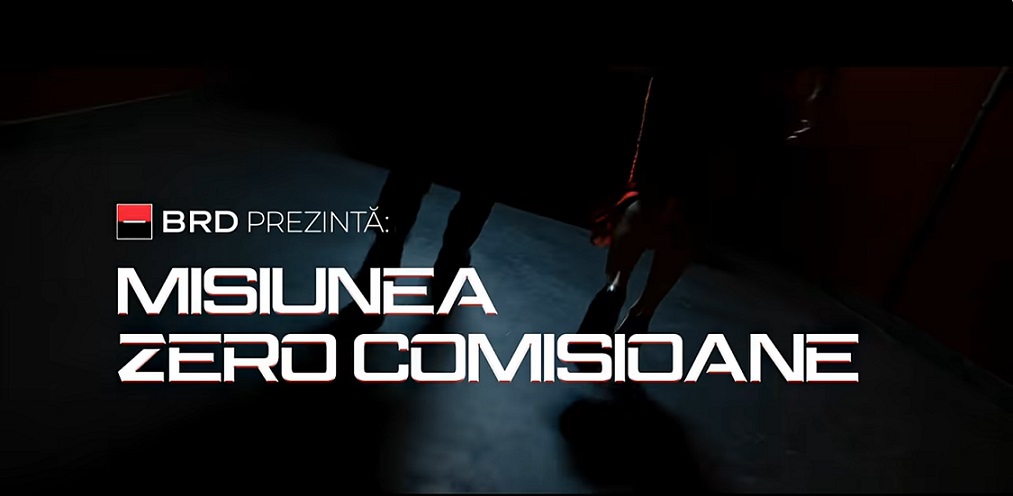Sweden’s central bank to test digital currency. Riksbank e-krona initiative follows government plan for a cashless society by 2030.
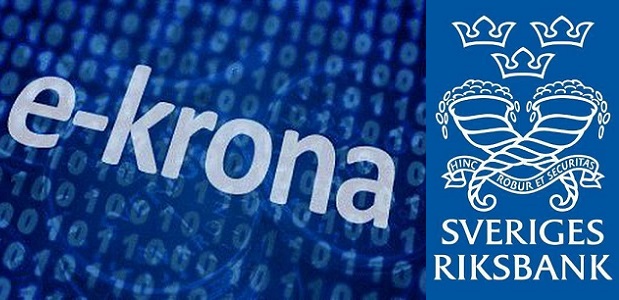
The Riksbank has for almost two years investigating the possibility and consequences of introducing a Swedish central bank digital currency, a so-called e-krona. The latest issue of Riskbank’s journal Economic Review is a special theme issue discussing the e-krona from different perspectives. What is the role of the central bank in the payments market? What might the demand for an e-krona be? What consequences will this have for the banks? How will rate-setting be affected, and what further effects might the e-krona have for monetary policy and economic developments in the long run?
A digital complement to cash, an e-krona, could be a means of meeting developments in the payment market. Two e-krona reports have been published, summarising the conclusions from the Riksbank’s e-krona project. In this issue of Economic Review Riskbank published some of the analyses and investigations made by employees at the Riksbank.
The articles in the 2018 third issue of Sveriges Riksbank Economic Review
Why did the Riksbank receive a banknote monopoly?
Gabriel Söderberg writes about what is meant by a banknote monopoly and describes the political process that led to the Riksbank being given the sole right to issue banknotes in 1904. At that time, the political discussion focused on the principles for the financial system and the central bank’s role in society. The background was a growing banking sector and a central bank that was more clearly assuming the character of a public authority. The article points to parallels between the discussions then and now, about the role of the central bank in a payment system undergoing major changes.
What is money and what type of money would an e-krona be?
Gabriel Söderberg begins with a brief historical retrospective of the different forms that money has taken over the years, and observes that money has over time become increasingly abstract. The author points out that the actual form is of minor significance – the important thing is that there is confidence in the money. The central question is therefore what it is that maintains confidence in money. The article also discusses the main ways of defining what money is, and discusses what type of money an e-krona would be.
Implications of an e-krona for the Riksbank’s framework for implementing monetary policy
Marianne Nessén, Peter Sellin and Per Åsberg Sommar discuss the e-krona from a narrower central bank perspective. In more concrete terms, they explain how an e-krona would change the Riksbank’s balance sheet, and how the framework for implementing monetary policy might be affected. One message is that the Riksbank already issues digital money, but only to the institutions participating in the Riksbank’s RIX payment system. An e-krona can then be regarded as the Riksbank broadening the circle of those who can hold digital central bank money to include the general public. Depending on how the e-krona is designed, there could at times be large flows through the Riksbank’s operational framework and balance sheet, which points to there being reason to review the framework if an e-krona is introduced.
The e-krona and the macroeconomy
Hanna Armelius, Paola Boel, Carl Andreas Claussen and Marianne Nessén examine the monetary policy and economic consequences of an e-krona with characteristics that mean it can be likened to an actively traded financial asset. If such an e-krona is not interest-bearing, the consequences can be a lower bound of zero per cent for the policy rate and also for other interest rates in the economy, which could reduce the monetary policy room for manoeuvre. Such an e-krona can lead to greater volatility in capital movements and in the development of the exchange rate. The long-term economic developments can benefit if the e-krona improves the efficiency and resilience of the financial system. But the economy can be affected negatively if the credit supply and financial stability deteriorate.
How many e-kronas are needed for payments?
Björn Segendorf studies how great the demand for an e-krona might be, because if there is a very large demand, this could significantly increase the size of the Riksbank’s balance sheet and have implications for monetary policy and financial stability. The article focuses on how many e-krona may be in demand to meet the need for transactions in the Swedish economy. The overall conclusion is that it is reasonable to believe that demand will be relatively small from a transaction perspective, roughly on a par with the demand for cash in Sweden in recent years, which has amounted to the equivalent of 1-2 per cent of the gross domestic product.
When a central bank digital currency meets private money: effects of an e-krona on banks
Reimo Juks analyses how an e-krona might affect the commercial banks’ balance sheets, with a focus on the banks’ liquidity, financing sources and financing costs. The author finds that even if an e-krona reduces the banks’ deposits and thereby affects their financing and liquidity, they will normally be able to steer these outflows by means of their deposit rates. To the extent that it is not desirable or even possible for the banks to completely counteract such an outflow, they can to a greater degree rely on long-term market funding to continue to finance lending.
The author finds that in times of financial unease, an e-krona can lead to greater disruptions in relation to the current system, but that this depends on whether the e-krona has characteristics that make it more attractive than existing assets in times of financial stress. To summarise, the author argues that there is no decisive argument against an e-krona from a financial stability perspective for the Swedish banks.
Economic Review 3, 2018-Special issue on the e-krona (pdf | 1,3 MB)
Dariusz Mazurkiewicz – CEO at BLIK Polish Payment Standard
Banking 4.0 – „how was the experience for you”
„To be honest I think that Sinaia, your conference, is much better then Davos.”
Many more interesting quotes in the video below:
